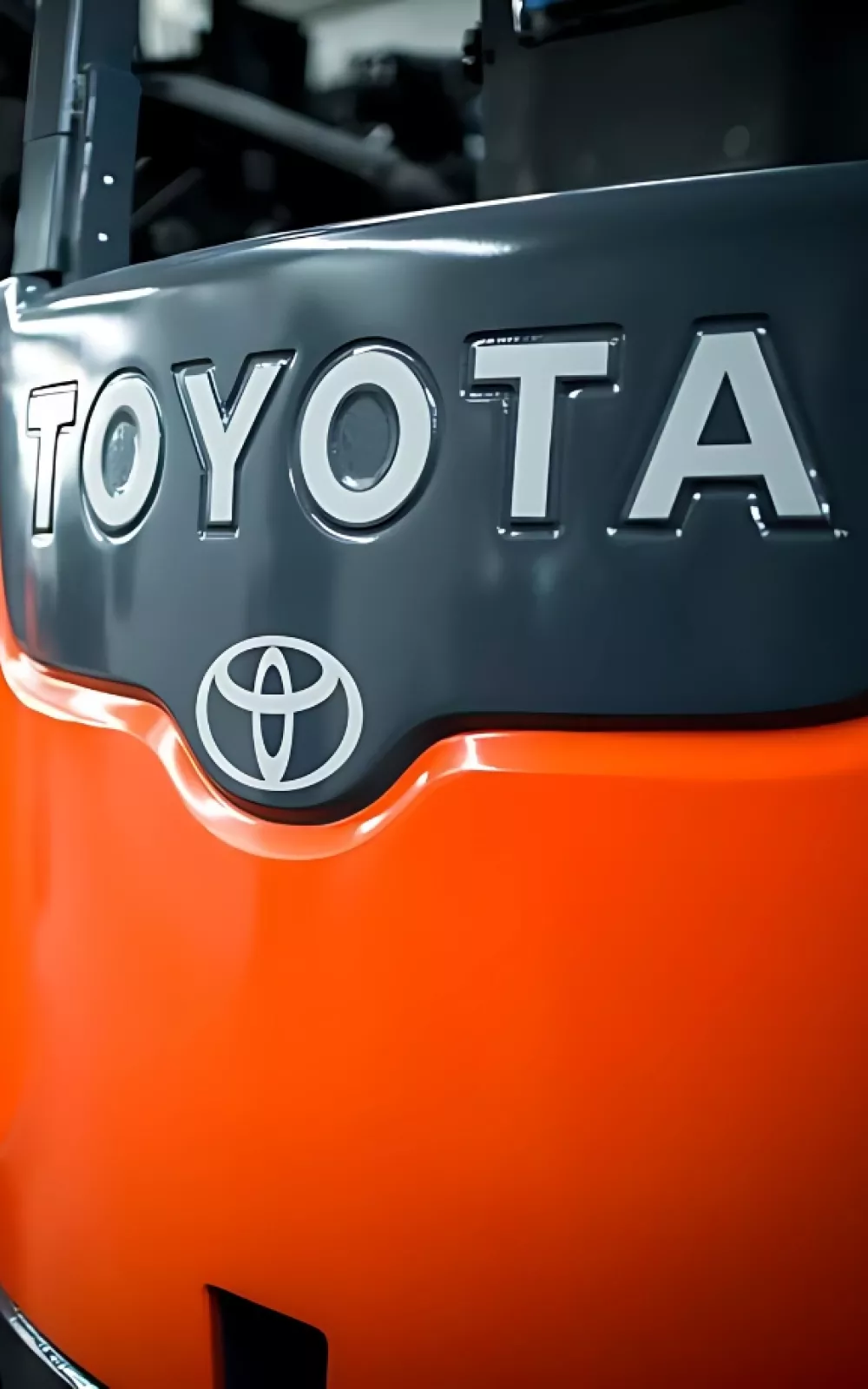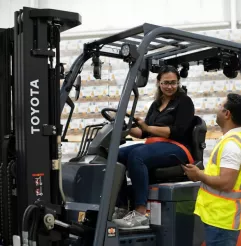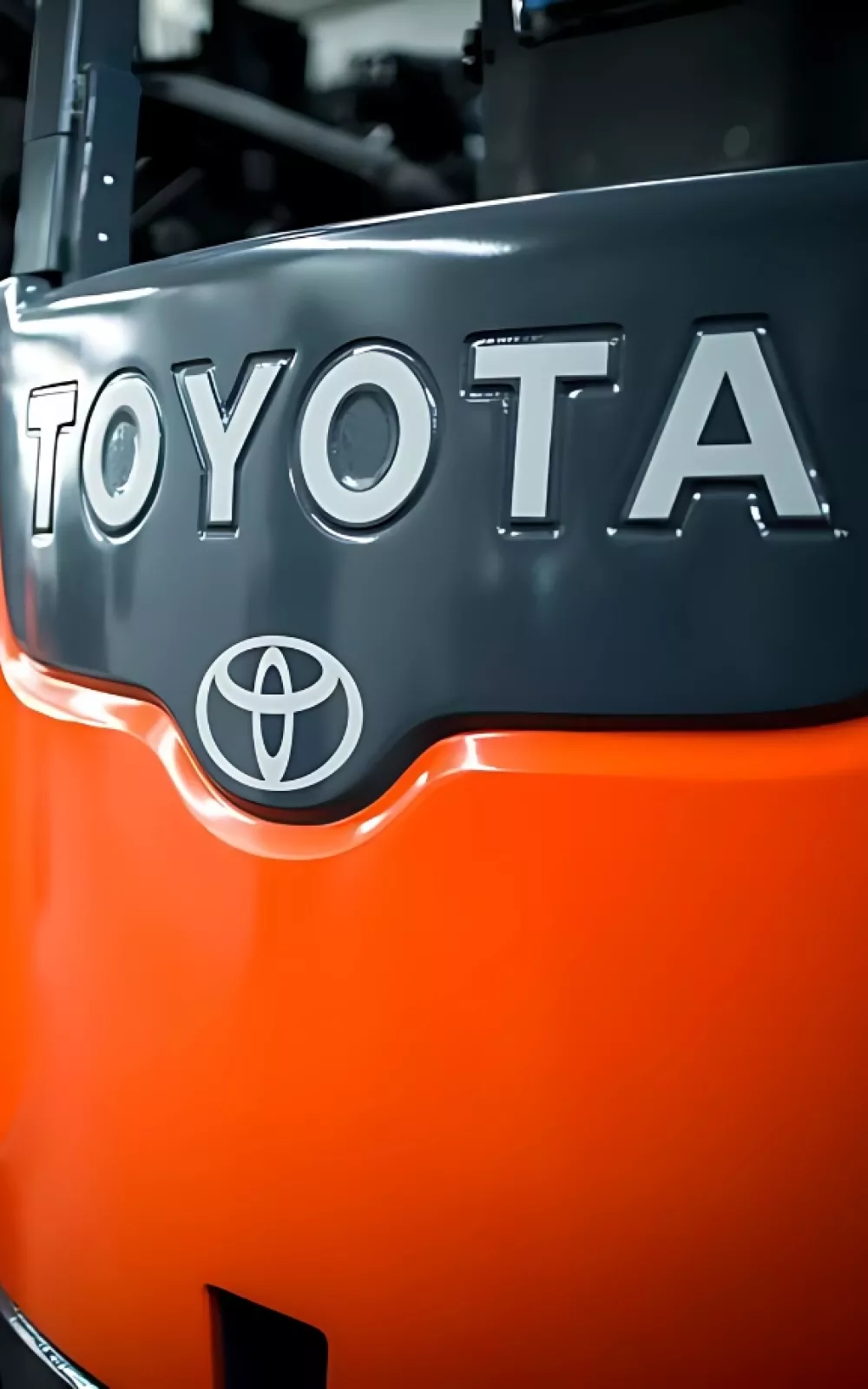Rent
ProLift offers daily, weekly, and monthly rentals. Find the right equipment for maximum productivity and safety.
Let us know how we can assist you! A ProLift specialist will connect with you to help with your material handling needs.

Forklift safety depends on operators and pedestrians understanding their roles and responsibilities. Learn about OSHA regulations, safety tips, and how to navigate high-risk areas to ensure everyone stays safe.

More work is being accomplished in tighter areas – that means forklifts and pedestrians are in closer proximity. This is an increasing problem with dire consequences.
Statistically, pedestrians are commonly involved in fatalities involving forklifts. This perspective becomes clear when considering the scenario: a forklift operator is seated in a 9,000 lb machine, enclosed in a sturdy metal cage, traveling at speeds of 6-12 mph while carrying heavy loads. Meanwhile, pedestrians remain unprotected and highly vulnerable in comparison.
OSHA requires forklift operators to give pedestrians the right of way and remain constantly alert. Operators must slow down and sound the horn at doorways, intersections, blind spots, and when entering or exiting buildings. When approaching pedestrians, operators should reduce speed and honk the horn. If the pedestrian doesn't respond, the operator must stop the forklift. Safety and awareness are critical in preventing accidents.
Technology has also increased the safety risk. The use of blue tooth phone devices and ear buds drown out the sound of an approaching forklift. The popularity of cell phone texting also reduces the awareness of both operators and pedestrians.

Continue promoting safety at your facility with our comprehensive safety training classes. ProLift offers training for both operators and trainers. Contact our safety specialist to schedule your team.
Warehouses have multiple "Red Zones" where pedestrians and forklifts intersect, creating potential hazards. These include areas where an elevated load allows a pedestrian to walk underneath, or when a pedestrian steps onto a dock or trailer while a forklift is loading or unloading. Additionally, operating forklifts near racking systems poses dangers such as blind spots and falling loads. Maintaining awareness in these zones is crucial for both pedestrian and operator safety.
Nothing takes the place of educating both the forklift operator and the pedestrian about the risks of working in a warehouse – for example, pedestrians rarely understand a typical warehouse forklift weighs as much as three empty automobiles and this does not include the weight of the load. To create a safer working environment for pedestrians, your company might consider:
Completing a walk-around of the company warehouse allows the opportunity to find hazards and create solutions to reduce the chance of a forklift and pedestrian accident. It is also an outward sign to employees that the company is committed to the greater good of a safer work environment.
Our safety training classes remind equipment operators to be mindful of pedestrians in the warehouse. Ensure operator training is updated and in OSHA compliance.
As a full-service material handling dealer, ProLift can help you with questions and solutions for your equipment, service, parts and more. Tell us how we can help.

Let us know how we can assist you! A ProLift specialist will connect with you to help with your material handling needs.
